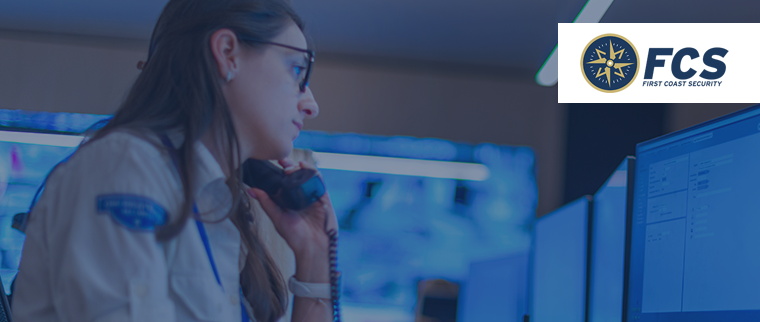First Coast Security: Leveraging Self-Scheduling Technology to Redirect $2,000/Week of Scheduling Activities
When it comes to scheduling, the ability to manage exceptions and the unexpected while avoiding costly overtime or SLA breaches is a requirement of any software system. Even better, a self-scheduling element can help companies with distributed workforces reduce overtime, redirect managerial resources from scheduling duties and improve employee engagement and retention. That’s why TEAM Software is including this game-changing component as a standard part of eHub employee self-service, an add-on product for the WinTeam ERP. Self-scheduling works by empowering employees to offer their shifts to other employees without needing to involve a scheduler or supervisor. Other employees can then pick up the open extra work, keeping shifts filled and closing any gaps without time-consuming back-and-forth messaging and approvals from supervisors. Criteria can be set up so only qualified employees can fill certain shifts depending on job requirements, ensuring that compliance is met and contract requirements are successfully completed. And, because self-scheduling is accessible to employees through the eHub mobile application, employees can offer and accept shifts from the field and receive alerts or notifications in real-time.
Self-Scheduling in Action
First Coast Security (FCS), a security firm that employs over 2,500 individuals across 12 states and Washington D.C., rolled out self-scheduling first to its Oregon branch to pilot and test functionality. Self-scheduling has, to-date, saved supervisors at FCS three to five hours a day of scheduling work, including filling open shifts, taking call logs, managing requests or swapped shifts from officers. In the Oregon branch alone, FCS employs nine supervisors who work across 21 shifts per week. That results in approximately 84 hours per week of redirected resources. And, as supervisor average pay rate is around $23.50 per hour, that results in almost $2,000 per week of paid supervisor work that can be focused on other higher value tasks, like customer and employee retention.
Use as a Retention Tool
FCS also plans to leverage eHub’s self-scheduling as a tool to increase employee engagement and boost retention through a flexible employee-driven scheduling program, where employees are hired with the agreement that they will set their own schedule by autonomously filling open shifts, rather than having a set schedule as a starting point. By strategically leaving about 5% of the global work schedule unfilled, FCS expects the employee-driven shift scheduling program to help reduce overtime needs while improving employee retention.
“Sometimes we have people leave the company for other opportunities,” said David Snyder, the company’s National Security Director. “Instead of losing out on the investment we’ve put into their training, we are able to offer them an alternative to a true resignation. By moving them into our self-scheduling program, those employees can stay in our system and pick up shifts at their leisure. It’s a win-win: FCS doesn’t lose great employees or the investment we put into their hire, and the employee is able to have a flexible second stream of income based entirely on when they want to work.”
And, in the instances where employees return to work full-time for FCS, their employee records, qualifications and other data has already been maintained in WinTeam, streamlining onboarding.
The Payoff
Since successfully piloting self-scheduling at the Oregon region, FCS has since begun beta testing the functionality in two other regional locations where high overtime rates have presented challenges. Around 1,100 security officers and their supervisors are using the feature to:
1. Reduce overtime through mobile-friendly flexible scheduling tactics.
2. Redirect managerial time spent on scheduling duties by about 84 hours a week in a single regional branch.
3. Improve employee engagement and retention through an employee-driven shift scheduling program.
Download a free, sharable version of this case study below.
